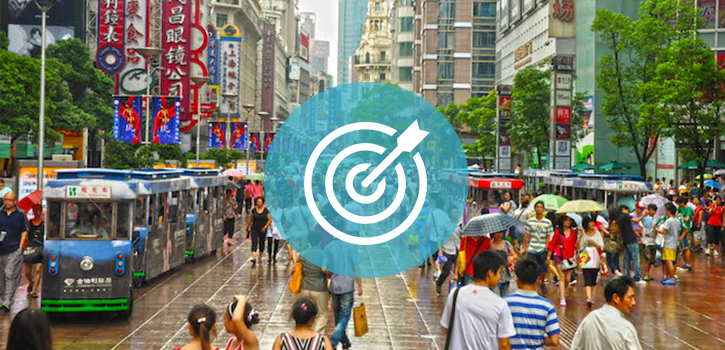A successful multilingual translation strategy can help your ecommerce sales grow organically across borders.
Internationalisation is an undeniable growth opportunity. Following Amazon’s model, the biggest British ecommerce players such as Tesco, Asos, Marks & Spencer, etc. are developing a multilingual strategy and gaining market share.
However, to reach a foreign audience it is not enough to just translate content into other local languages. Your strategy must be carefully developed to adapt to targets whose expectations and lifestyle habits differ from country to country.
We detail the steps to take to increase your sales through translation:
Step 1: Analyse local keywords
A word-for-word translation only serves to break the language barrier, it doesn’t take into account cultural differences. Initially, it is best to focus your foreign market acquisition strategy on a narrow range of products.
Studying the local competition through trends gives valuable data about the target persona, based on their Google searches. This makes it possible to ensure a correspondence with the requests of Internet users in the targeted country (user intent).
Here is a list of tools you can use for this purpose:
- Google keyword planner allows you to generate keyword ideas in a particular industry or field and see the search volume associated with each keyword. This is a good way to assess the scope of the local market or area in question.
- Google Trends is important to track search trends by domain, access the most popular searches, and identify, through several key phrases, the one that concentrates the largest volume of searches.
- Google suggest: Google suggests key phrases based on the first few characters typed by the consumer in the search bar.
- Google Adwords allows you to generate a whole list of keywords in a defined sector or domain.
In addition, Google Global Market Finder helps identify overseas development opportunities by analysing English keywords. The application analyses the search volume for each country’s language and then automatically translates the term into the specified languages.
But to ensure that your translations are accurate, it is best to use the skills of a native translator of the target language. Not only will you ensure the quality of the translation of the chosen terms, but above all, you will benefit from the translator’s expertise in determining the most relevant expressions in the local context.
Step 2: Choose a professional quality translation (using translators who are familiar with the culture of the country)
Ideally, you should use a translation agency whose translators have specialist skills in writing SEO-optimised content.
A sales internationalisation strategy is not limited to the translation of the ecommerce site’s content. It is cultural assimilation that will connect your brand to the user and trigger their purchase decision.
In this sense, even the most advanced machine translation solutions on the market cannot compete with the translations produced by our teams, for example.
This work to investigate foreign markets and adapt your content to them is our core business: https://uk.textmaster.com/online-translation-platform/
Step 3: Optimise multilingual content for national SEO
Google’s rules for ranking your bestsellers places the emphasis on the concept of user intent in SEO. Google favours content that is optimised for the country’s SEO, so now considers literal translations as duplicate content. The unique content you can produce with a translation agency will set you apart from your competitors while also enriching your SEO performance.
Step 4: Reach new markets and maintain profitability
Translating the content is not enough to keep the sales cycle profitable. Legislation, currencies and delivery methods will be different in different countries. A mistake at this stage can result in delays at customs.
In addition, the branding and culture of your ecommerce site often requires the content to be adapted to the national culture. Profitability depends mainly on your ability to adapt your website to connect with your customers.







